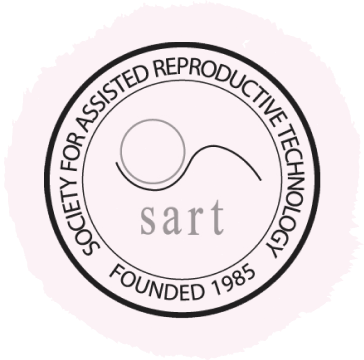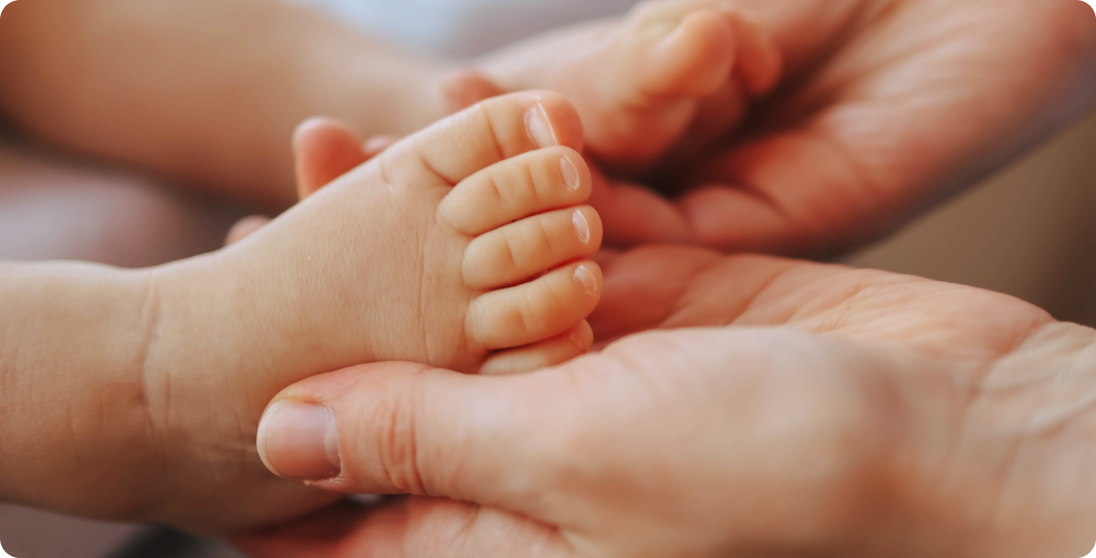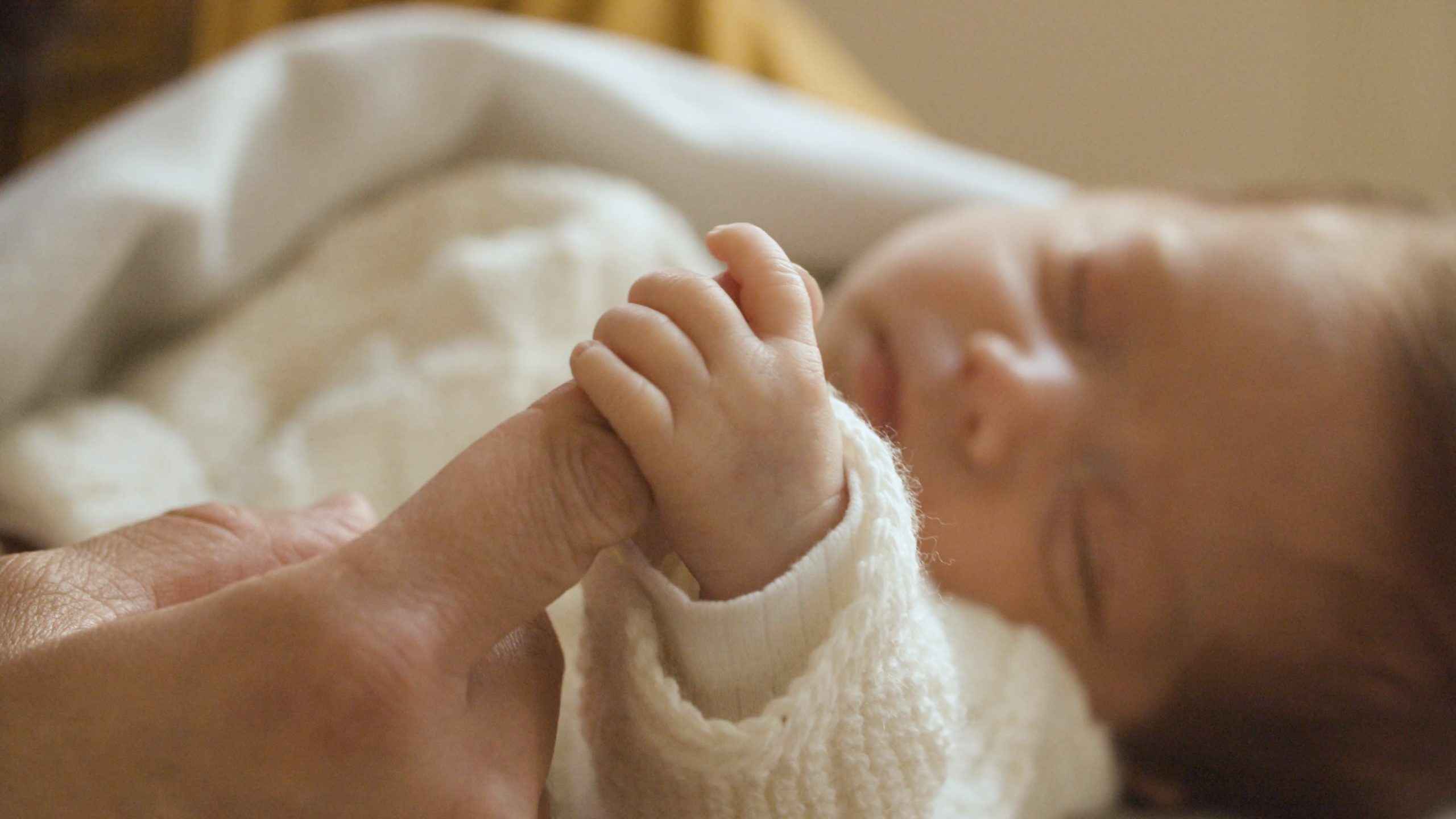


Donor Egg IVF — Building Families with Confidence & Care
When your own eggs aren’t the best option, donor egg IVF offers an alternative path to success. At Bay IVF, we specialize in guiding you through this journey with clarity, compassion, and expertise.


Donor Egg IVF is a treatment in which an egg from a screened donor is fertilized with sperm (either the male partner’s or donor sperm), and the resulting embryo is transferred into your uterus.

Who Might Be a Good Candidate?

You may consider donor egg IVF if any of the following apply:
- Your ovarian reserve is low, or AMH/AFC results are poor.
- Have experienced multiple failed IVF cycles.
- Previous IVF cycles did not yield viable embryos.
- Your age is significantly reducing your egg quality.
- Wish to use a proven donor egg to improve outcomes.
- Genetic concerns or repeated miscarriage history suggest you need a fresh start.
In your consultation, we’ll review your complete fertility profile — including your uterus, partner’s sperm, past treatments — and determine whether donor egg IVF may be your best path forward.

Our Approach at Bay IVF — Personalized, Transparent & Supportive

- Boutique-care experience: You’ll work directly with Dr. Polansky and our dedicated team — you’re not one of many.
- Clear timeline & cost: We provide upfront, transparent details about the process, visits, cost, and what to expect.
- Focus on quality & success: Donor egg cycles often yield higher success rates because the egg comes from a younger, healthy donor — and at Bay IVF, we optimize lab protocols accordingly.
- Transparent, warm communication — you always know who you’re talking to, what you’re paying for, and how the process works.
- Support throughout: From legal/ethical questions, donor coordination, through embryo transfer and beyond — we’re with you.
- Bay Area location in Palo Alto: local access with high expertise, not a faceless national chain.
- We’ve helped many Bay Area families via donor egg IVF and are ready to help you feel seen, understood, and supported.



By the time your son or daughter is born, the baby will be biologically yours.

Donor Egg IVF &
Frozen Donor Egg IVF

You can select your frozen donor eggs from a catalog provided by a donor egg bank, and the chosen eggs will be shipped to our Clinic.
The recommended egg banks by our embryologists include Fairfax Egg Bank, Donor Egg Bank USA at California Cryobank, Cryos International-USA, and The World Egg and Sperm Bank.
Another option is to choose an anonymous, pre-screened egg donor from one of the many Egg Donor Agencies available. To assist you in selecting an egg donor, please refer to the Donor Egg Guidelines (PDF).
Regardless of whether you use frozen donor eggs or an egg donor, once your Donor Egg IVF treatment is completed, your pregnancy will be indistinguishable from conception through intercourse.
What the Frozen Donor Egg IVF Process Looks Like

Obtaining donor eggs from an egg bank
Once you have finalized your donor egg selection, the egg bank will notify our Clinic, and our embryologists will prepare to receive your eggs.

Thawing of frozen eggs
You will typically be purchasing a cohort of between 5 and 8 vitrified eggs from the egg bank. Such a cohort will likely produce some good-quality embryos suitable for transfer.

Fertilization of eggs
The male partner collects a semen specimen by masturbation on the day of thawing your eggs. The highest quality sperm are extracted from the semen, and Intracytoplasmic Sperm Injection (ICSI) is performed to fertilize the eggs.

Culture of embryos
Evidence of fertilization can be seen the next day, approximately 16 hours after insemination. The fertilized eggs are then transferred into a growth medium and continue to be cultured in our laboratory.

Embryo cryopreservation
All normally developing embryos are cryopreserved (vitrified).

Embryo storage in liquid nitrogen
After cryopreservation, the embryos are transferred to a liquid nitrogen storage chamber at our Clinic. Theoretically, there is no limit on the length of storage.

Subsequent Frozen Embryo Transfer
When you decide to conceive using your cryopreserved embryos, one or two embryos will be thawed and transferred into your uterus (Frozen Embryo Transfer).

Success Rates & What to Expect

Because donor egg IVF uses younger, healthy donor eggs, success rates are generally higher. They are not impacted by recipient age — though your overall health and uterine condition still matter.
We’ll walk you through realistic expectations for your unique situation and provide data to help you understand (not guarantee) your odds.

Considerations & Key Questions

While donor egg IVF offers many advantages, there are important aspects to consider:
- Cost & timeframe – Donor eggs add cost, coordination, and sometimes travel/agency elements. A clear breakdown will be provided.
- Emotional journey – Using donor eggs can evoke many feelings; we’re here to support you through them.
- Uterine and partner factors – Even with donor eggs, success depends on uterine health and sperm contribution.
- Multiple embryos and future planning – We’ll discuss options for embryo freezing, future siblings, and what your Frozen Embryo Transfer cycle may include.

Take the Next Step
Your journey starts with a conversation. We’re here to support you every step of the way.

- Call or text us at 📞 650 322 0500 to schedule your in-person or a complimentary video consultation with Dr. Polansky.
- You will discuss your donor egg options in detail.
- Explore your fertility profile and what donor egg IVF might look like for you.
- Receive a clear, personalized roadmap including timeline, visits, and cost.
- Ask all your questions in a safe, judgment-free space.
You don’t have to walk this path alone. Let’s work together toward your family. We’re here when you’re ready.



Schedule a No-obligation egg Donor Egg IVF Consultation

Bay IVF Early Pregnancy Heartbeat

Meet Your Doctor

- Dr. Polansky received his medical diploma from Charles University in Prague, the Czech Republic, in 1978.
- After completing his OB/GYN residency at Jewish Hospital in Saint Louis, MO, he graduated from the Reproductive Endocrinology and Infertility (REI) fellowship at Stanford University in 1985.
- In the same year, he co-founded the Stanford IVF Clinic.
- Dr. Polansky obtained board certification in Obstetrics and Gynecology in 1986 and became REI subspecialty board certified in 1988.
- In 1987, he left Stanford University and established Nova IVF.
- In 2011, he founded Bay IVF, where he provides advanced fertility treatments with a holistic approach, utilizing state-of-the-art techniques.
- Dr. Polansky personally performs ultrasound examinations, egg retrievals, embryo transfers, and ovarian and endometrial stimulations for his patients.
- He is deeply committed to his patients and is always ready to lend a helping hand.
Frank Polansky, M.D.



Initial Appointment Questions
When you call to schedule your consultation, one of our Front Office Coordinators will ask you a short series of simple questions regarding your reproductive history. You will also have an opportunity to ask any financial questions.
Your Initial Visit at Bay IVF
A new patient appointment at a fertility clinic can be stressful. Our goal is to make your initial visit as friendly and relaxing as possible. We encourage you to ask questions at every step of the process to make you feel comfortable and informed.

When You Arrive
You will be welcomed by one of the clinic’s receptionists. One of our nurses will measure your height and weight and take your blood pressure.

Meet Your Doctor
Dr. Polansky will ask you a series of clarifying questions and then provide you with a summary of the factors contributing to your infertility.

Ask Your Questions
You will then have a discussion with him about the most suitable reproductive treatment(s) for you. During this time, you will have the opportunity to ask any questions you may have.

Exam Room
One of the nurses will escort you to an examination room. Your examination will begin with listening to your lungs and heart.

Ultrasound of the Ovaries
The next step is a pelvic ultrasound to examine the uterus and ovaries. This ultrasound will help determine the number of antral follicles present within the ovaries.

Financial Part
After that, you will discuss the financial aspects of your treatment with one of the financial advisors, including potential financing options.

Support 24/7
If you have any questions after leaving the clinic, please feel free to reach out to us by phone, text, or email. Open and discreet communication is an integral part of the care we provide at Bay IVF.

What About Time?
Your entire visit is expected to last approximately one hour.


Schedule Your Initial Consultation With Dr. Polansky
Online (no cost) or In-Person
Call or Text Us: Call or text us at 📞 650 322 0500
You can also complete the form below to request your initial consultation.


Let’s talk about your next step







